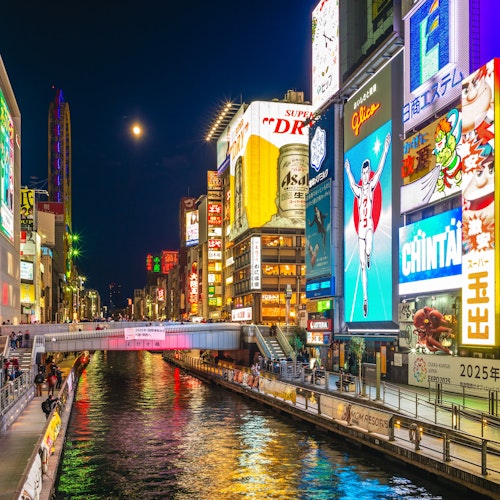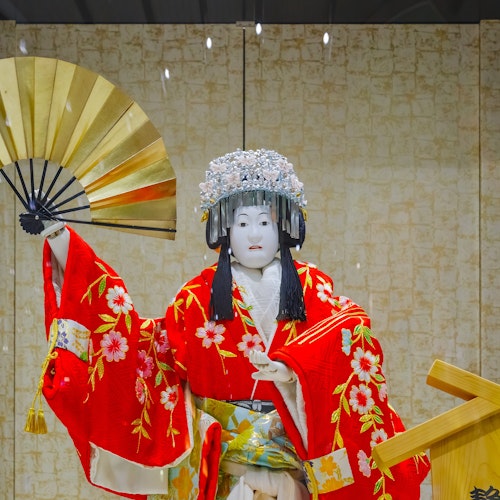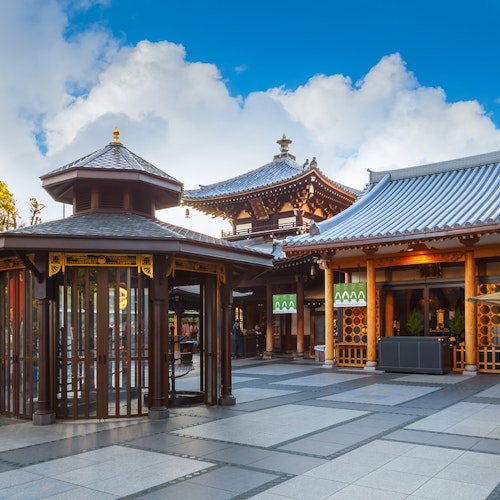
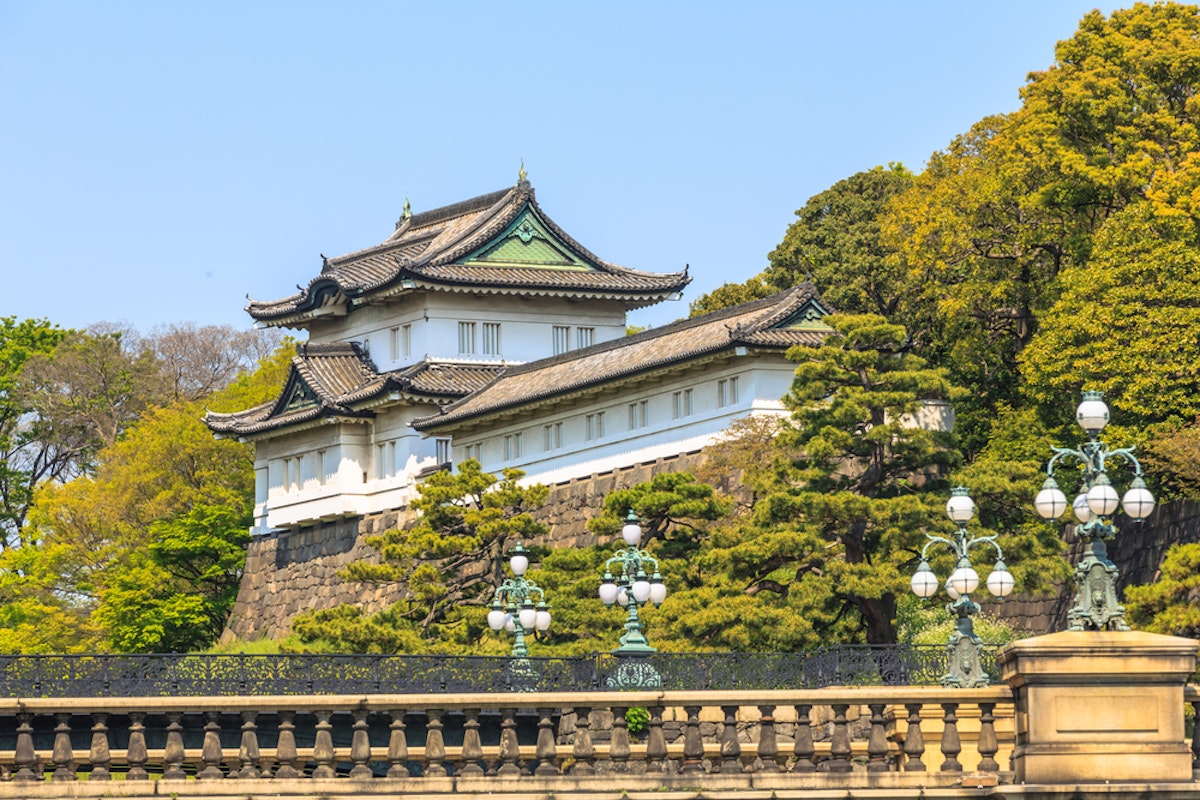
The Tokyo Imperial Palace, an iconic symbol of Japanese history and culture, stands as a serene oasis amidst the bustling cityscape of Japan's capital. Home to the Emperor of Japan, this vast complex is not only a place of residence but also an important site for state occasions and royal ceremonies. With its stunning gardens, ancient ruins, and sumptuous architectural designs, the Palace offers visitors a glimpse into the country's rich and fascinating past.
Although the present-day palace was built in 1968, the history of the site dates back to the 15th century when it was the location of Edo Castle, the seat of power for the Tokugawa shogunate. Today, the Tokyo Imperial Palace encompasses a large park area surrounded by moats and massive stone walls in the center of Tokyo, close to Tokyo Station. It is a remarkable fusion of traditional Japanese architecture and contemporary design, embodying the spirit of harmony that is so integral to Japanese culture.
The Tokyo Imperial Palace, the official residence of Japan's Imperial family since 1868, stands on historic grounds that once housed the Edo Castle, built in 1457. The castle, which was the largest fortress in the world during its prime, changed hands numerous times and underwent several transformations before being converted into the Imperial Palace.
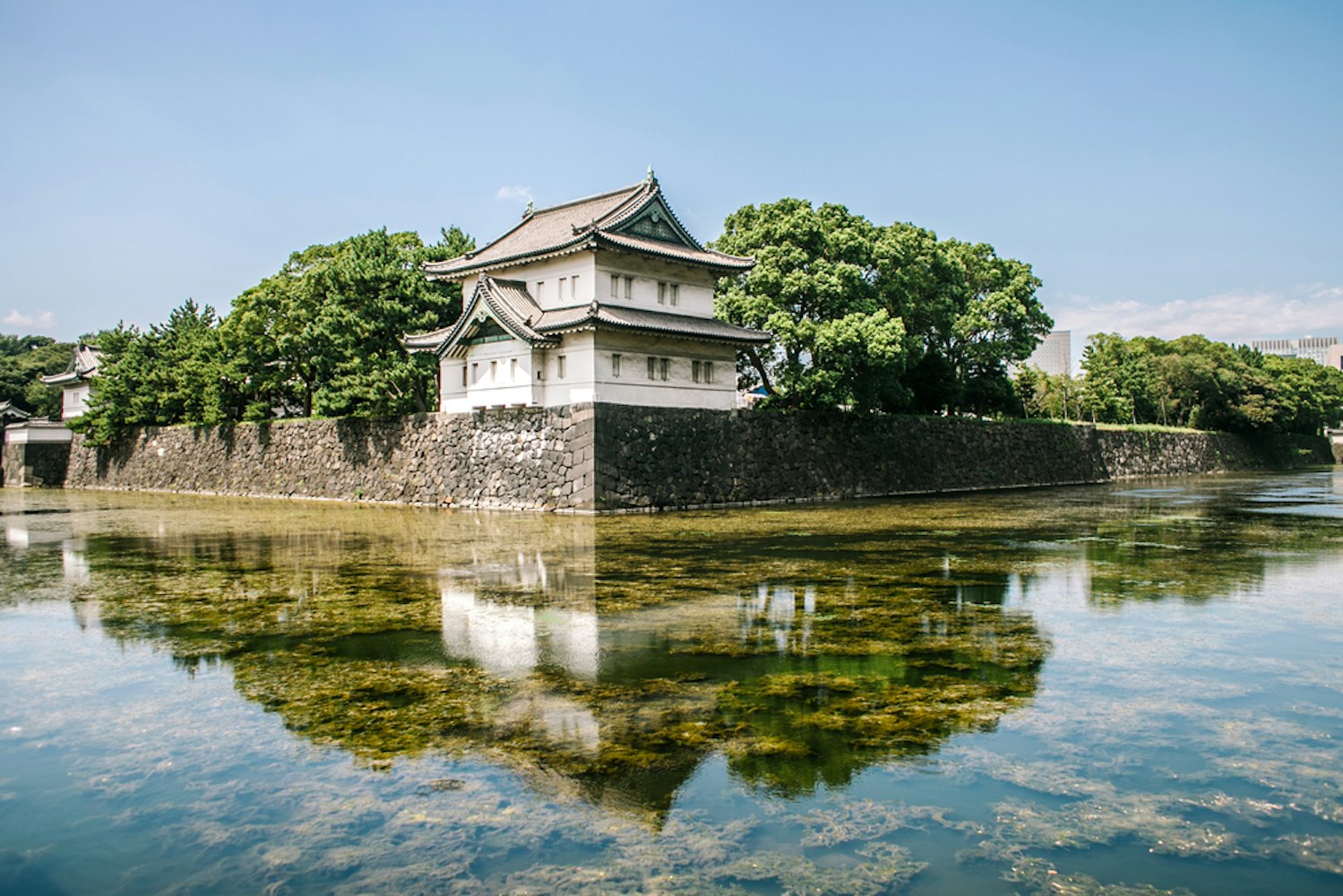
In 1888, a new palace was constructed, only to be destroyed during World War Two and later rebuilt in the same style. The modern residence, designed by the renowned Japanese architect Shōzō Uchii, was completed in 1993. Despite the changes over centuries, the Imperial Palace remains a symbol of Japan's imperial lineage and cultural heritage.
The architecture of the Tokyo Imperial Palace is a captivating blend of traditional Japanese style and modern design elements. The current palace, completed in 1968 and coming into use in 1969, features a large roof, pillars, and beams, reflecting the grandeur and elegance of Japanese architectural aesthetics.
A notable feature of the palace is Matsu-no-tou, a lightning tower built on donations from the Japanese people at the time the Imperial Palace was constructed. This tower not only serves a practical purpose but also adds a unique touch to the palace's overall architectural design. The palace is located on the former site of Edo Castle, surrounded by moats and massive stone walls, further enhancing its majestic presence.
The Tokyo Imperial Palace serves as the main residence of the Emperor of Japan and houses several key areas within its complex. Among these are the Imperial Residence, where the Emperor and Empress reside, and the main palace used for various ceremonies such as the New Year's greeting and the Ceremony of the Presentation of Credentials. The palace is surrounded by wide moats and thick stone walls, a testament to its history as the site of the Edo Castle before 1868.
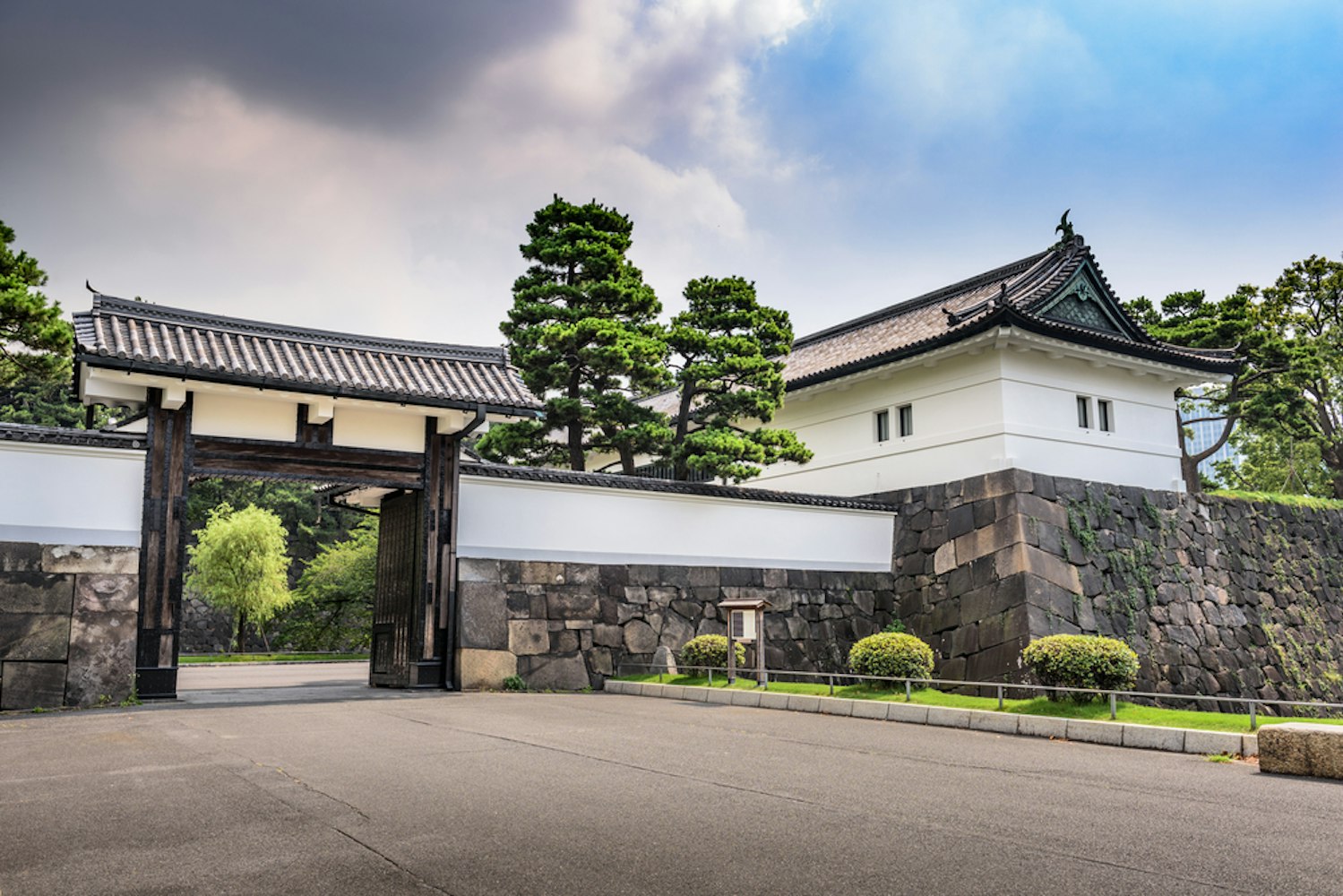
Another significant area is the Kikyomon Gate, where the guided tours meet for their 75-minute exploration of the palace grounds. While these tours don't take visitors inside the palace buildings, they provide an opportunity to appreciate the architectural grandeur and historical significance of the palace.
While public access to the inner palace grounds is limited, the treasures and artifacts of the imperial family can be admired at the nearby museums. The National Museum and the Science Museum, both a short walk from the palace, and house collections that offer insights into Japan's rich cultural heritage.
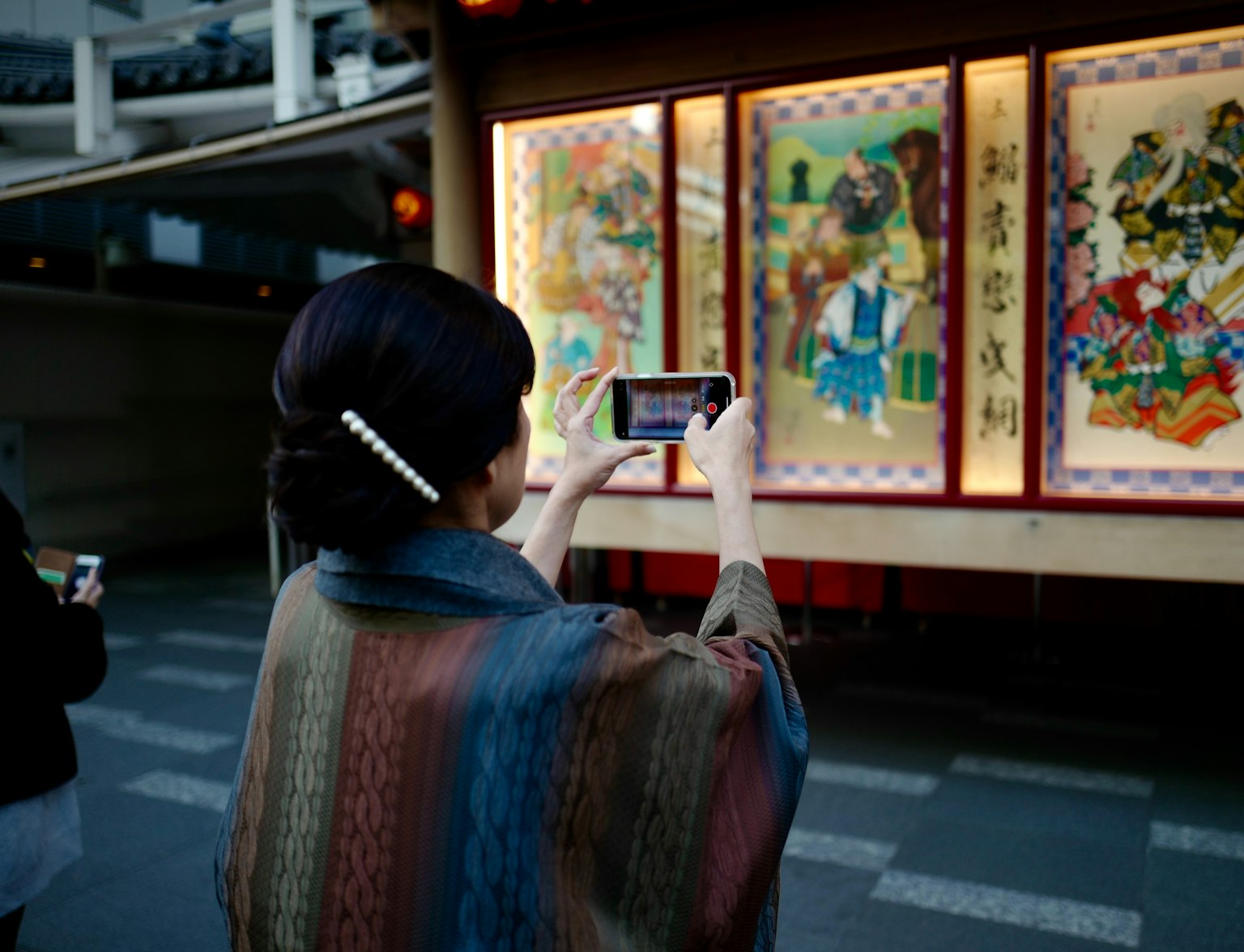
Soak up the serene atmosphere, punctuated by the ageless grandeur of the palace buildings.
The Imperial Household Agency also preserves many important cultural properties, including ancient documents and works of art. These items, although not on public display at the palace, contribute to understanding the imperial family's history and role in Japanese society.
The Tokyo Imperial Palace is renowned for its beautiful gardens, which are open to the public and offer a serene escape in the heart of the city. The East Gardens, located on the eastern part of the palace grounds, are the former site of Edo Castle's innermost circles of defense. They now feature a traditional Japanese landscape garden, a tea pavilion, and the remains of the castle tower.
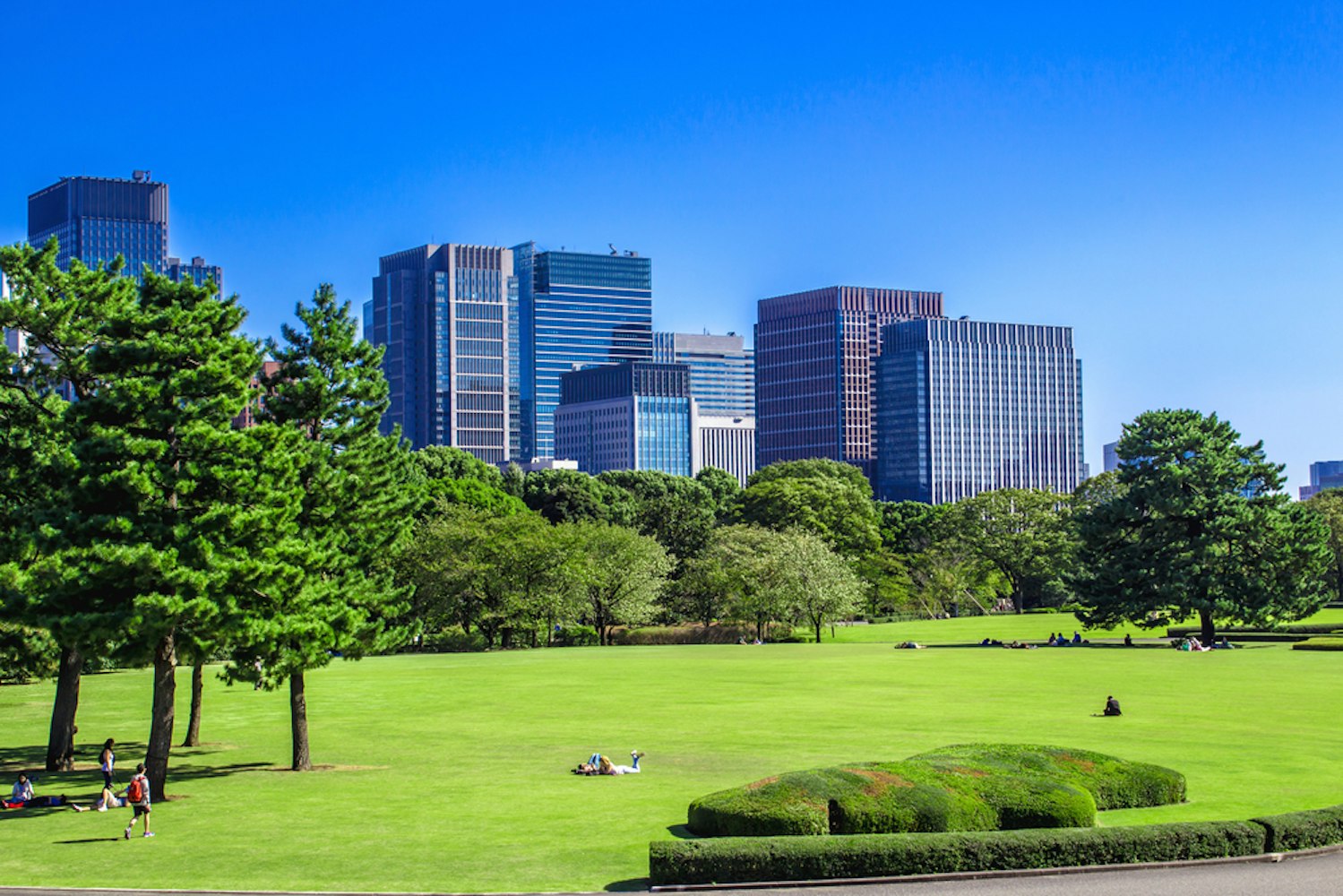
The Outer Gardens, or Kokyo Gaien National Garden, is a large open space in front of the palace where visitors can enjoy the view of the Nijubashi Bridge and the main gate. Kitanomaru Park, another part of the palace grounds, is a public park that was once the location of the shogun's private residence. It now houses several attractions, including the Science Museum and the Nippon Budokan Indoor Arena.
The Tokyo Imperial Palace is conveniently located in central Tokyo, making it easily accessible from various parts of the city. The nearest subway stations are Otemachi Station and Takebashi Station.
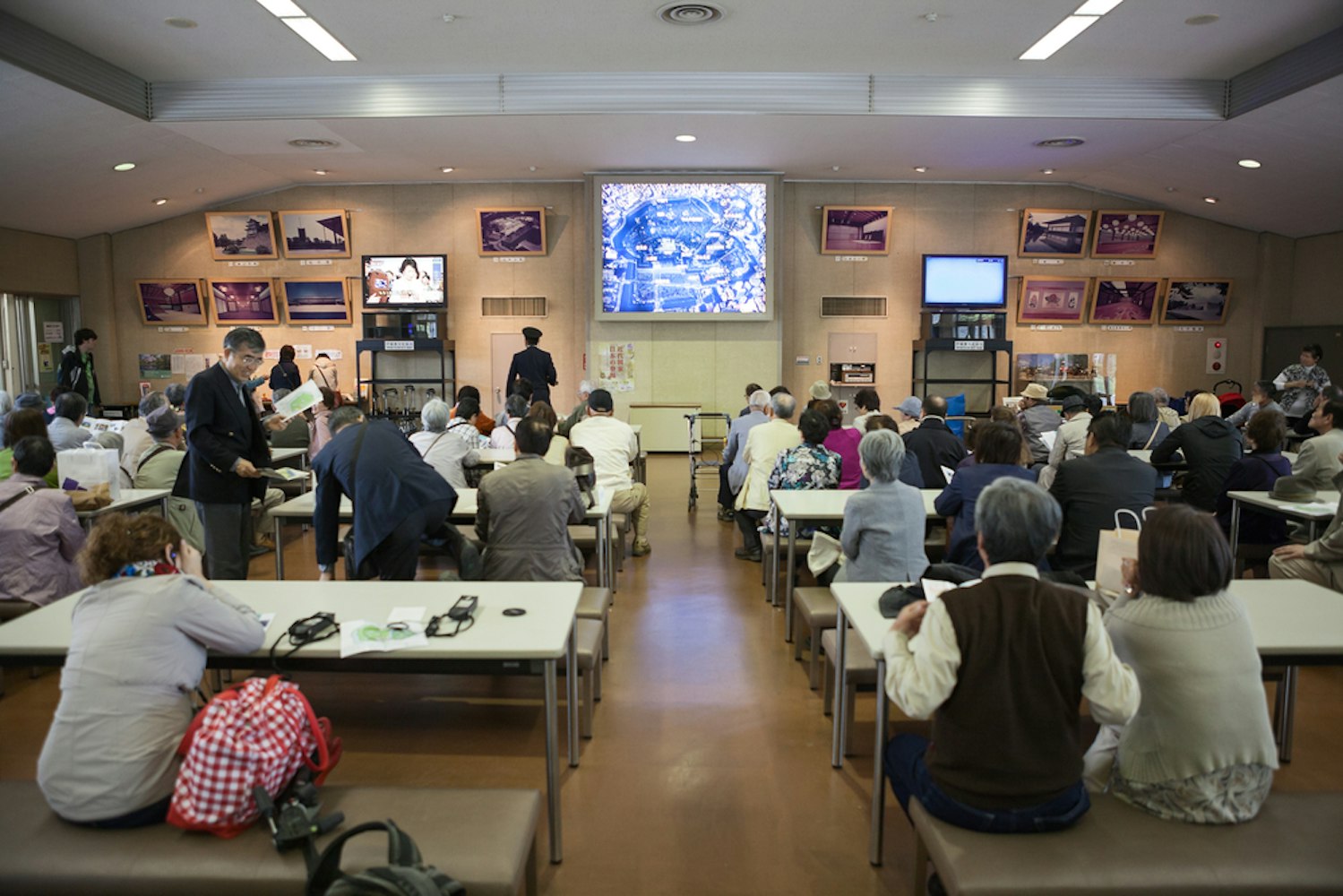
From Otemachi Station, it's a short walk to the Ote-mon Gate, one of the main entrances to the palace grounds. If you're coming from Nijubashimae Station or Takebashi Station, you can enjoy a scenic walk through the Outer Gardens en route to the palace.
Tip: It's worth noting that the palace is tucked away behind moats and thick stone walls, adding an air of seclusion and tranquility despite its central location. If you're using a car, parking may be limited in the area, so using public transportation is recommended.
The best time to visit Tokyo Imperial Palace is arguably in January, when the general public is allowed entry to the inner grounds on January 2 for the New Year's greeting and on December 23 for the Emperor's Birthday. During these times, visitors can see the Imperial Family, who make several appearances on the balcony of the Chowaden Hall.

The palace grounds and East Garden are open throughout the year, and each season offers unique views. The cherry blossoms in spring and the colorful leaves in autumn make these periods particularly popular among visitors.
Entrance to the East Garden is free, and it's open to the public from Tuesday to Saturday. The garden is closed on Mondays and Fridays, except for national holidays. Guided tours of the palace grounds are available in English and Japanese and take about 75 minutes. These tours are held daily at 10:00 and 13:30, except on Sundays and Mondays.
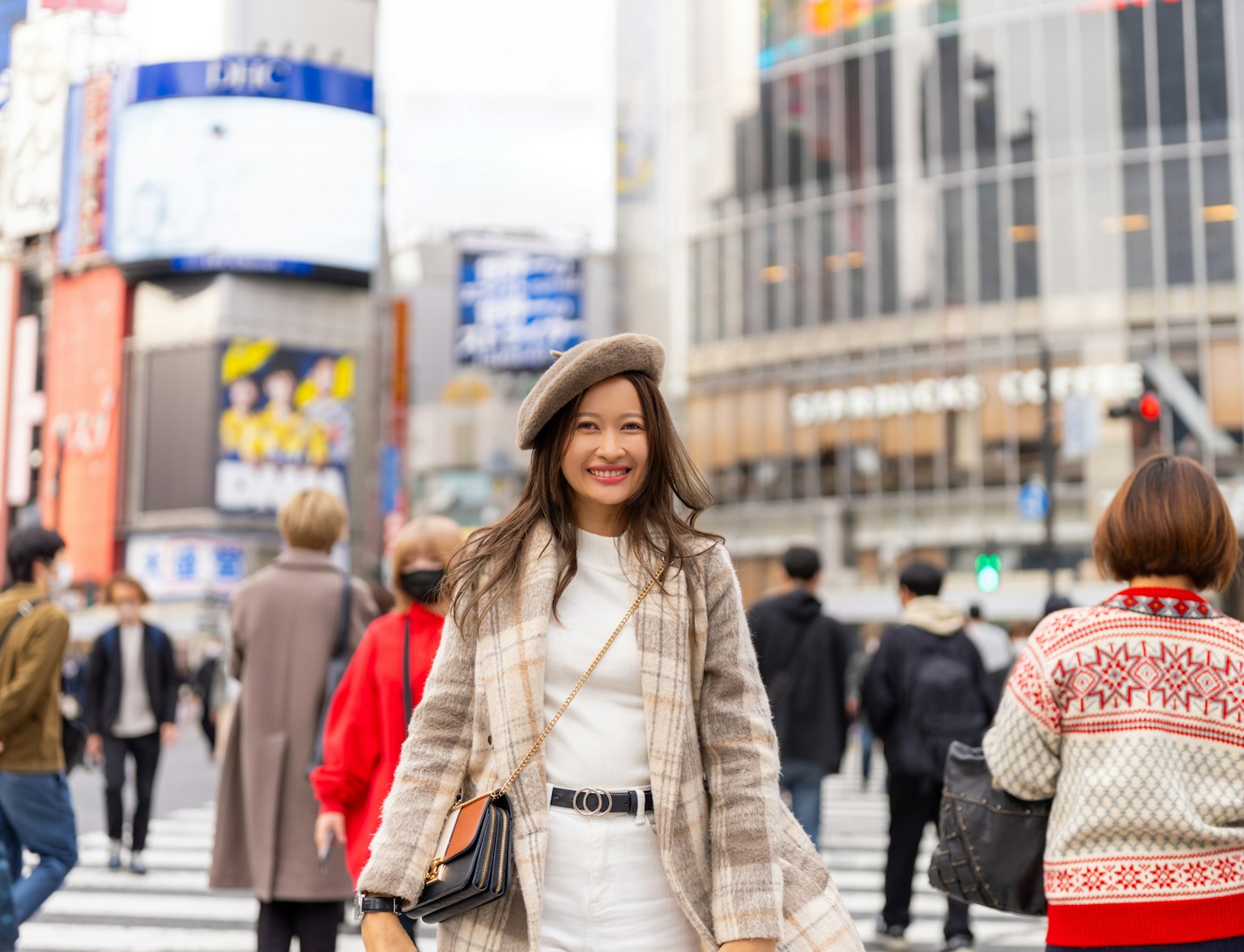
Include the Tokyo Imperial Palace on your custom walking itinerary.
While the tours won't take you inside the palace buildings, they offer a chance to see the beautiful gardens, castle ruins, and historical landmarks like the Double Bridge. The tours meet at the Kikyomon Gate, and visitors are required to go through a security check before starting the tour.
The Tokyo Imperial Palace is not just a historic site but also a vibrant cultural hub that hosts numerous popular events throughout the year. One of these is the Sanja Matsuri, a traditional Shinto festival that attracts millions of visitors each year. Another notable event is the Asakusa Samba Carnival, one of Tokyo's most lively and popular summer events, where you can experience a blend of Japanese and Brazilian cultures.

Moreover, the palace grounds are home to a wealth of gardens and galleries that often serve as venues for various cultural exhibitions and public events. For instance, the East Garden, open to the general public, often hosts art exhibitions featuring works from different periods, including the Edo period and modern art.
The Emperor's New Year Greeting is one of the most significant events at the Imperial Palace. On January 2nd, the palace's inner grounds were opened to the general public. The Emperor, along with the rest of the Imperial Family, makes several appearances on the balcony of the Chowaden Hall to wish the people a happy new year.
Similarly, on the Emperor's birthday, December 23rd, the palace grounds are once again opened to the public for celebrations. These events are usually crowded with fans of the Imperial Family. Visitors get an opportunity to see the Emperor and listen to his brief birthday message. It's a unique experience that offers a glimpse into Japan's imperial traditions.
As our exploration of Tokyo's Imperial Palace comes to an end, it's clear that this place is more than just a historical monument or tourist attraction. It's a living, breathing symbol of Japan's rich cultural heritage, encapsulating centuries of history, and the legacy of emperors past.
The Palace isn't just about the stunning architecture or the beautifully manicured gardens, it's about the stories that echo through its halls, the traditions that have been preserved, and the sense of tranquility that pervades every nook and corner.

